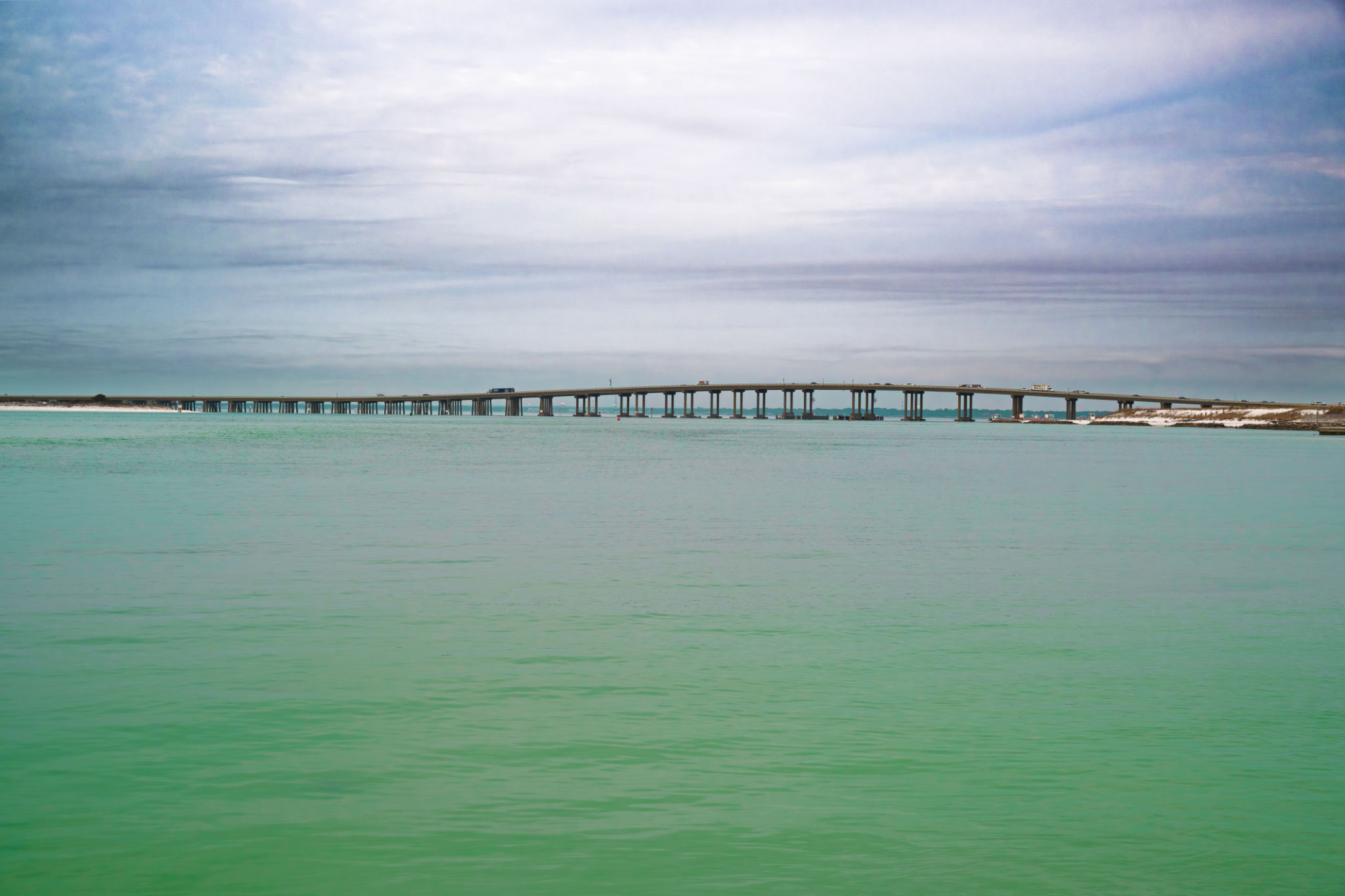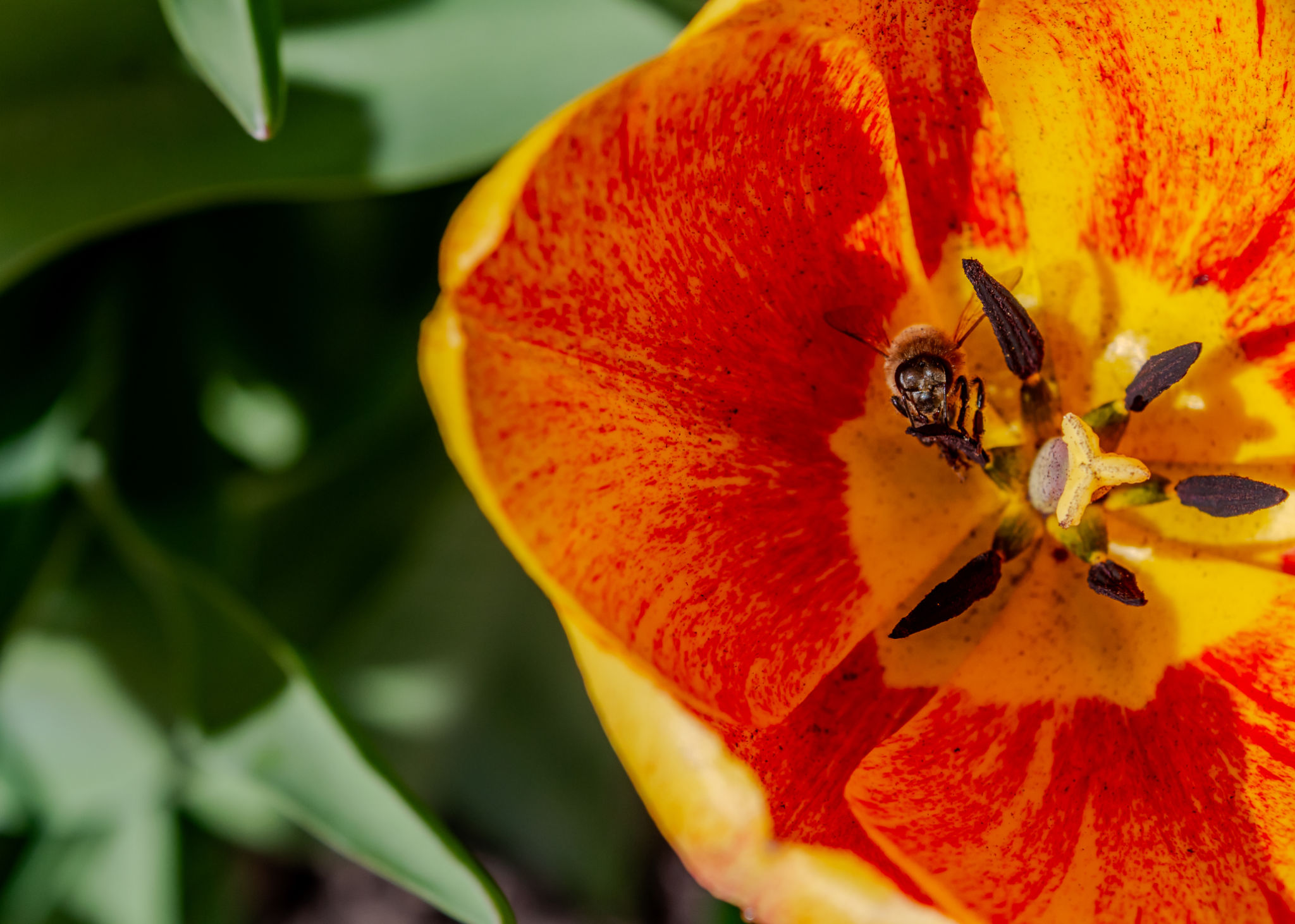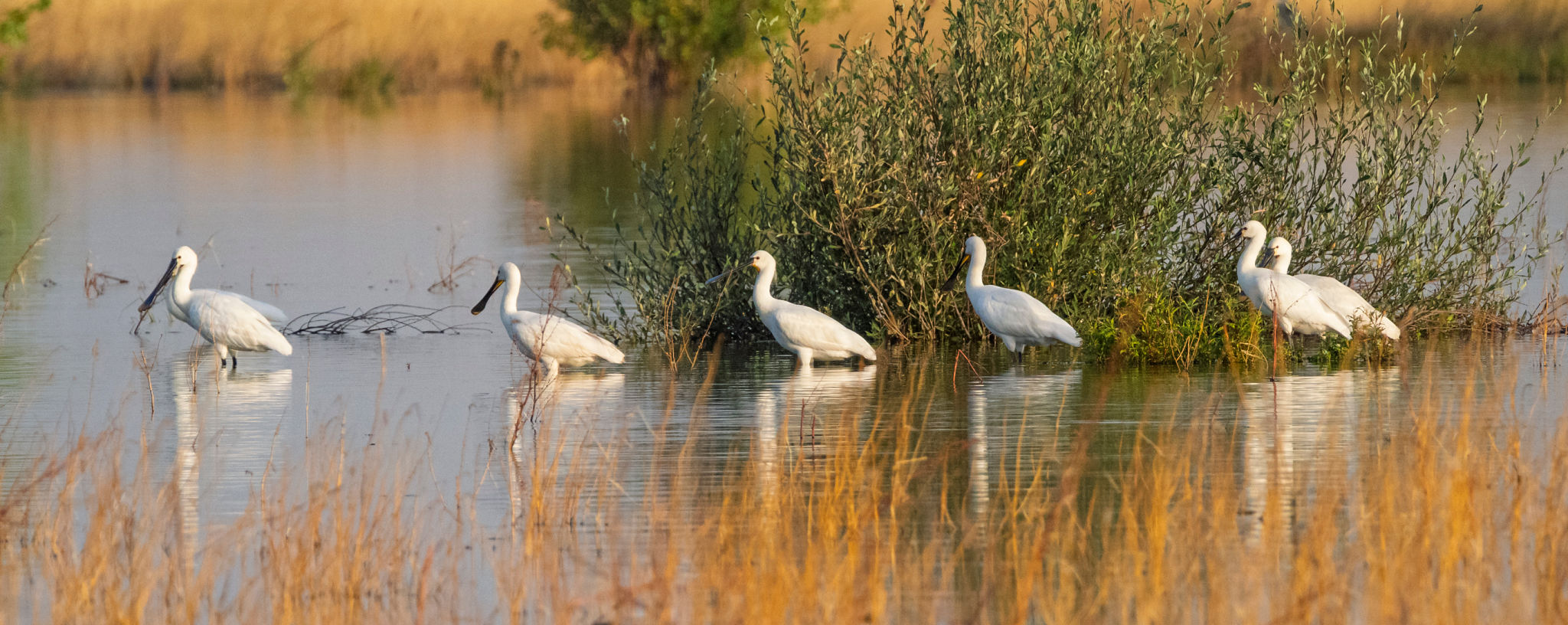Seasonal Guide to Protecting Choctawhatchee Bay's Biodiversity
Understanding Choctawhatchee Bay's Unique Ecosystem
Choctawhatchee Bay, located along the northwest coast of Florida, is a vibrant ecosystem teeming with life. This estuary is home to a diverse array of marine and terrestrial species, making it a crucial region for biodiversity. The bay's unique blend of saltwater from the Gulf of Mexico and freshwater from river inflows creates a dynamic environment that supports various life forms.
Preserving this unique biodiversity requires a comprehensive understanding of the bay's ecological dynamics. From its lush seagrass beds to its thriving oyster reefs, each component plays a vital role in maintaining the health of the ecosystem. As seasons change, different species migrate, breed, or hibernate, making it essential to adapt conservation efforts accordingly.

Spring: A Time for Regeneration
Spring is a season of renewal in Choctawhatchee Bay. As temperatures rise, many aquatic species begin their breeding cycles. This period is critical for the regeneration of fish populations and other aquatic life. Protecting spawning habitats and minimizing human interference are essential steps to ensure successful reproduction.
Volunteers and local organizations play a pivotal role during this time by organizing clean-up drives and monitoring water quality. These efforts help maintain a healthy environment for both existing and emerging life forms. Additionally, educating the public about responsible fishing practices can significantly reduce the impact on vulnerable species.

Summer: Managing Increased Activity
Summer brings increased human activity to Choctawhatchee Bay, with tourists flocking to enjoy its natural beauty. While this influx benefits the local economy, it also poses challenges to the bay's ecosystem. Pollution from boats, littering, and overfishing are common issues during this peak season.
To protect biodiversity, authorities and environmental groups must enforce regulations that limit pollution and habitat destruction. Encouraging eco-friendly tourism practices, such as using biodegradable products and respecting wildlife habitats, can significantly mitigate negative impacts.

Autumn: Preparing for Migration
Autumn in Choctawhatchee Bay signals the beginning of migration for many bird species. The bay serves as a crucial stopover point for migratory birds traveling along the Atlantic Flyway. Preserving wetlands and ensuring safe resting areas are vital to support these avian travelers.
Local birdwatching groups often collaborate with conservationists to monitor bird populations and implement strategies to protect their habitats. Educating the community about the importance of these migratory patterns helps foster appreciation and stewardship for the bay's natural resources.

Winter: Protecting Dormant Life
In winter, many species in Choctawhatchee Bay enter a state of dormancy. The cooler months provide an opportunity to focus on restoration projects that enhance habitat resilience. Planting native vegetation and restoring damaged areas can help prepare the ecosystem for the upcoming spring.
Winter is also an ideal time for conducting scientific research and collecting data on the bay's health. This information is crucial for developing long-term conservation plans that address threats like climate change and pollution.

Community Involvement: A Key to Success
The protection of Choctawhatchee Bay's biodiversity is a collective effort that requires active participation from all community members. Engaging local residents in conservation projects fosters a sense of responsibility and connection to the environment.
Workshops, seminars, and hands-on activities can empower individuals to make informed decisions about their actions' impact on the bay. By working together, we can ensure that Choctawhatchee Bay remains a thriving ecosystem for future generations.
